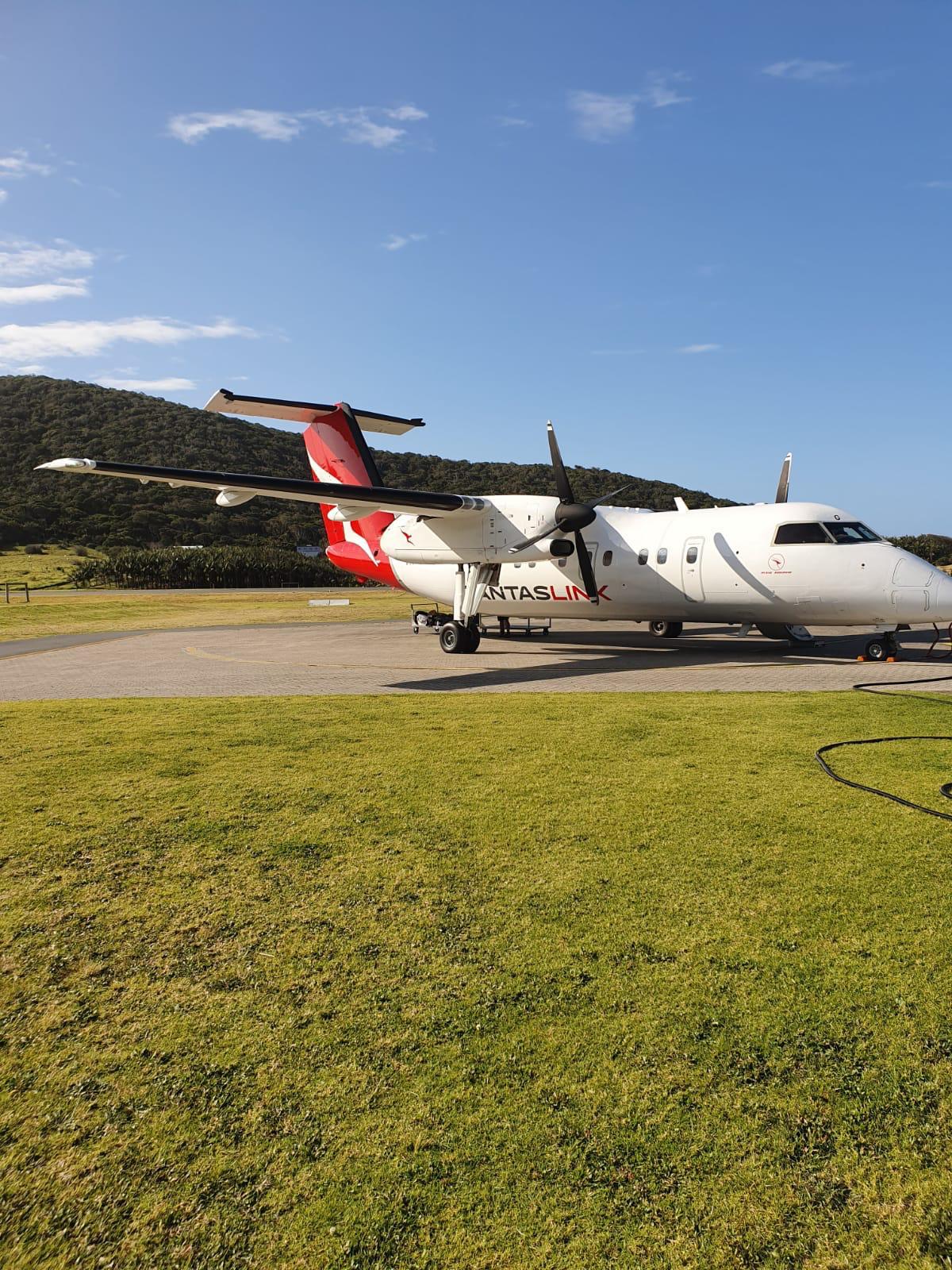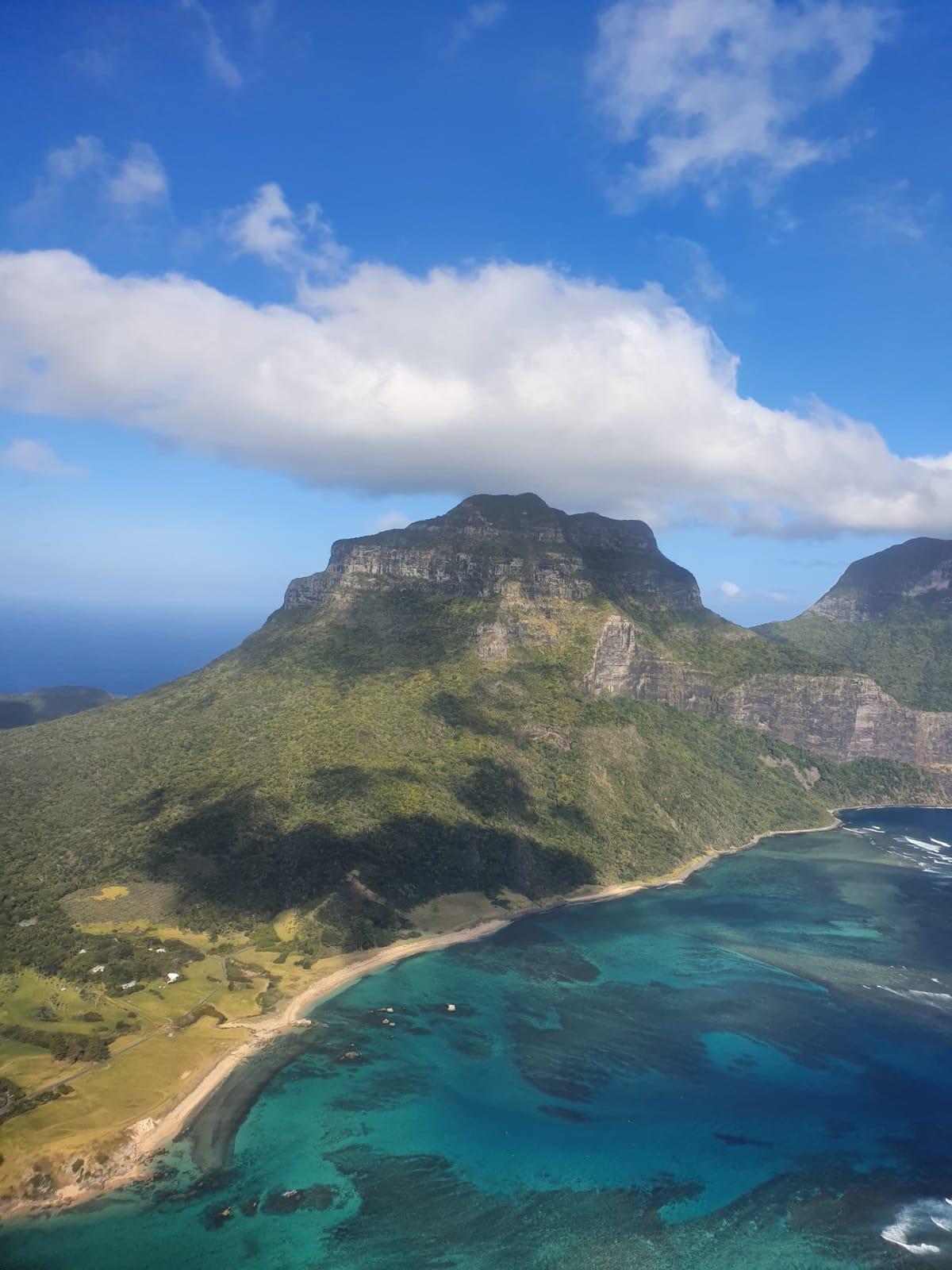
Baby Roo: The joey of the QantasLink fleet makes the two hour hop from Australia to Lord Howe Island.
Is it ever okay to weigh passengers as part of the check-in process?
While this is not something that we do for most of our flights, it is a practice that has its place on certain routes to certain destinations.
Approximately 600 kilometres east of mainland Australia in the middle of the Tasman Sea is a small island with a population of 350 people and limited space for only 400 tourists at a time.
Lord Howe Island is surrounded by crystal clear waters and a turquoise lagoon. It’s home to some of the country’s most unique animal and plant species, very few cars, and has no phone reception. It’s beautiful.
We recently celebrated the retirement of Australia’s longest serving Lord Howe Island specialist pilot, Captain Ken Perry, who flew more than 2000 trips to the island during his 36-year flying career.
“There’s one day which will always remain in my mind. I flew out there and we had to hold and wait for a thunderstorm to pass through the island.

How do you do: There’s about 300 locals who live on the island, so it’s easy to find your own piece of paradise
“As the thunderstorm cleared, the sun came out on the western side and I made an approach to land from the west into the east. Looking at both Mt Gower and Mt Litchbird, there would have been a million waterfalls.
“The water was just dripping off both mountains, it was a very special sight.”
We fly the Dash 8 Q200 – a 36 seat narrow body turboprop – on our flights to Lord Howe Island. And if we have more than 27 passengers on any flight, everyone needs to be weighed before getting onboard.
So if you get asked Howe (see what we did there) much you weigh, it’s not personal, but it does help our pilots to determine the correct amount of fuel needed as well as to ensure we have capacity for freight.
As the only regular commercial airline servicing the island, our pilots do their best to make the most of every flight, freighting essentials to the island, and helping the people who live there to feel a little more connected to the mainland.